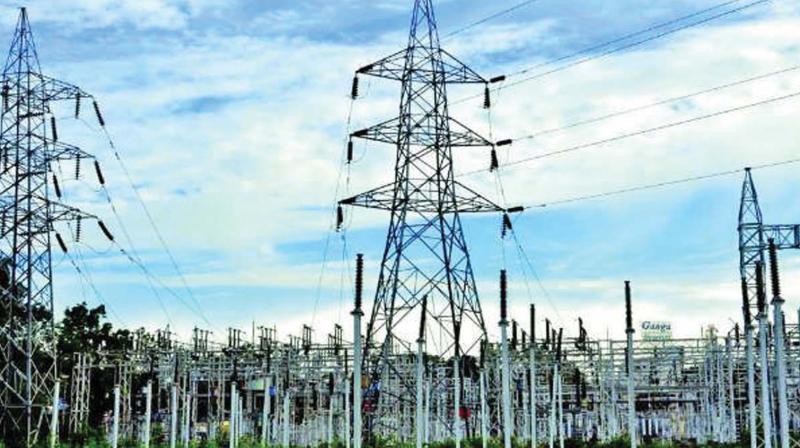KSEB revenue gap bloated, says industry
Industry: Revenue gap in 2011-2013 accounts should not be recovered from present tariffs.

Thiruvananthapuram: Industrial power consumers have called the revenue gap projected by KSEB Limited as bloated and said that any increase in tariffs would only lead to an “undue enrichment” of the public utility.
High-Tension and Extra High Tension (HT-EHT) Association argued that the revenue gap that was arrived at after the truing-up of the 2011-12 and 2012-13 accounts should not be allowed to be recovered from the tariffs of 2016-17 and 2017-18.
“The reason is, the second Transfer Scheme notified by the State Government created KSEB Limited as the successor entity of KSEB with a clean balance sheet and with no past liabilities or revenue gaps,” said HT-EHT Association president Mr Satheesh A.R. Further, he argued that the Supreme Court had argued that the revenue gap of the past should not be passed on to new consumers.
Citing Central government figures, the Association argued that the average tariff increase in the state over the five-year period from 2011-12 to 2015-16 is 16 percent, the highest in the country. “Significant jump in revenue on this account has improved the financial position of KSEBL,” Mr Satheesh said.
“If KSEBL did indeed have financial difficulties, it should have filed tariff petitions in timely manner. But it had not done this despite repeated directives of the Electricity Regulatory Commission,” he said. KSEBL had argued that the new tariff regulations brought out by the Commission would have severely affected its financial position.
It is also felt that KSEBL’s financial position would improve in the coming days. “KSEBL is likely to sign tripartite UDAY (Ujjwal Discom Assurance Yojana) Agreement with the Centre and the state under which 75 percent of loans would be absorbed by the state government,” Satheesh said.
Further, he argued that the stringent loss reduction trajectory under UDAY would reduce the annual revenue requirement of KSEBL significantly.
The Association also argued that the 4.5 percent transmission loss allowed for KSEBL was the worst in the country. “If the loss could be brought down to 3 percent, the distribution loss could be brought down even further,” Mr Satheesh said.

